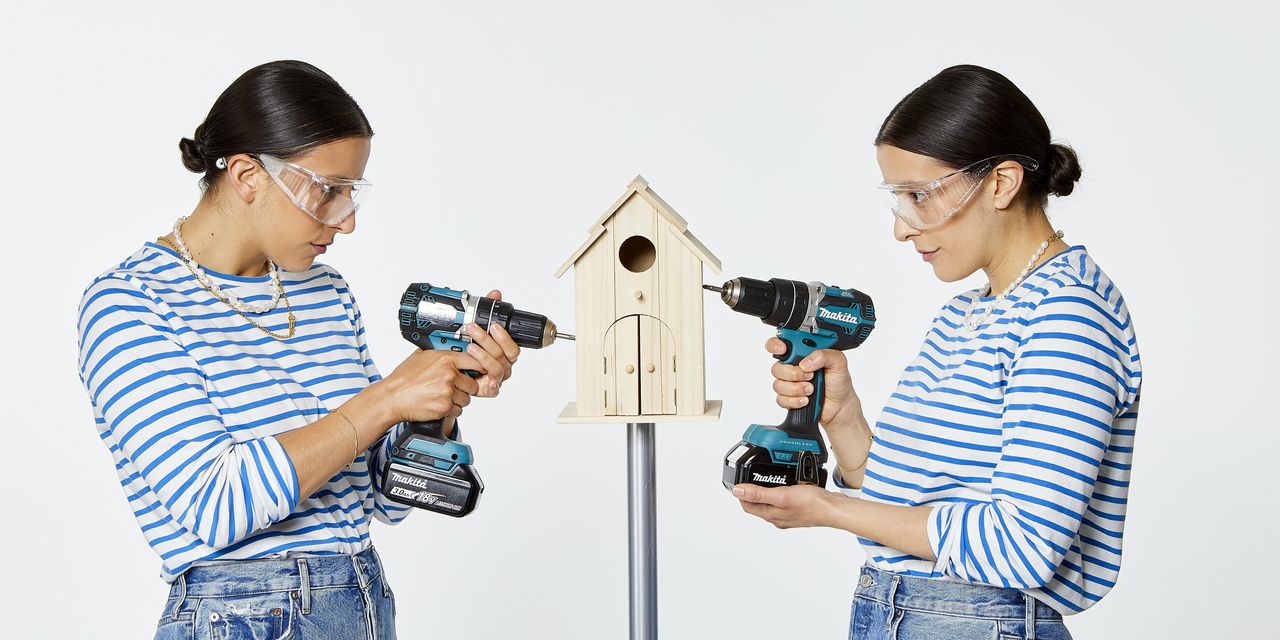
AMERICANS LOVE brand-spanking-new everything. But the tide might be shifting: Refurbished smartphone shipments grew 15% year-over-year in 2021, while new smartphone shipments rose only 4.5%, according to a recent report from global market researcher Counterpoint Research. While Americans have been able to buy reconditioned versions of common appliances and tech for decades, the concept has gained traction in the last few years. The reasons for this change aren’t necessarily clear, but advocates say it’s a certain boon for consumers.
It is not usually possible to know the history of any given refurbished product you would encounter on the shelf. But broadly, most products get refurbished after having been returned to their manufacturer. This could be either because they weren’t wanted anymore or because they were broken or malfunctioning in ways that let buyers cash in on warranties. In some cases, items to be refurbished are recovered from a recycling facility. However they’re sourced, these products are repaired and reconstituted by the manufacturer, a third-party retailer or an independent repairer until they’re back in good working order (and might be reincarnated multiple times). Finally, they’re re-offered for sale, sometimes a bit scratched or discolored, but usually indistinguishable from new.








